There’s a “new anger” in town, of a sort the ancient Festivus “Airing Of Grievances” tradition isn’t strong enough to overcome.
One thing Americans can presumably all agree on in our current cold civil war is that civility, mutual if grudging respect, and rational if testy debate in our political discourse have all been replaced by a hair-trigger performative outrage, the scorched-earth warfare of cancel culture, and even occasional violence. It’s difficult to remember that there was a time when even acerbic antagonists like William Buckley and Gore Vidal could trade barbs onstage without hurling chairs at each other and inciting nationwide rioting. What has happened to us? How did we come to this point? And is this state of rage destined to be a permanent feature of our cultural and political landscape?
Peter Wood, president of the National Association of Scholars and author of the essential 1620: A Critical Response to the 1619 Project, has addressed these questions incisively in a must-read, brand new book titled Wrath: America Enraged. He agreed to answer some questions about the book.
Mark Tapson: Mr. Wood, what is the “new anger,” and what is the difference between anger and wrath in a political context?
Peter Wood: “New anger” is show-off anger, the display of someone who expects to be admired for the performance or to boast about it afterwards: anger mixed with self-delight. New anger contrasts to the older ethic of trying to master your anger and not to let it master you. Through much of American history, giving free vent to anger was regarded as a sign of weakness and immaturity. We admired the man or woman who, when provoked, found ways to handle the situation without descending into rage. Of course, that kind of self-control often failed, at which point brawls erupted. Those who brawled in public or in private, however, were not regarded as good people. Those who turned to anger too quickly or too often were shamed.
“New anger” became a recognizable force in American life in the 1950s, though it was at first a trend confined to avant garde parts of society: the beat generation, early adepts of Freudian psychoanalysis, and people reading French existentialist novels. From these seeds grew the counterculture of the sixties, and then the disillusioned anger of the Big Chill 1970s. I am collapsing a lot of history into a few sentences. The breakdown of the older ideals of emotional self-control and their replacement by a new ethic of emotional expressiveness didn’t happen overnight or all at once or equally in all sectors of society. Fifteen years ago I spent a whole book (A Bee in the Mouth: Anger in America Now) to describe the slow progression of new anger into the position it now has of cultural dominance. I’m mindful that whole generations have grown up for whom there is nothing “new” about “new anger.” It is all they have ever experienced unless they have been immersed in the world of Turner Classic Movies, where you can glimpse a world ruled by different emotional norms.
But you ask me “what is the difference between anger and wrath in a political context?” The political left, going all the way back to the 1950s and even earlier upheld the view that American society is so unjust that people should indeed feel righteous indignation and anger at our institutions. The form of this leftist anger, of course, shifted with other changes in the national temperament. A Woody Guthrie protest song of the Dust Bowl years expressed leftist anger in a vivid way but it was meant to rally people and it had a good-humored element to it. As new anger emerged in the 1950s, leftist anger began to take on a darker tone. The Beat poet Allen Ginsberg wrote a poem in 1956 titled “America,” in which he told the country, “Go fuck yourself with your atom bomb.” The shock of a line like that has dissipated over the years as vulgarity has become common, but it was a pretty big step at the time, and it opened a rhetorical arms race on the left. Finding ever newer and more offensive ways to express anger became a competition among leftist artists, intellectuals, and self-styled rebels.
I’m using the word to capture that moment of emotional impasse in which the person has been angered beyond endurance and sees no way ahead. All the exits have been blocked and the places where emotional expression could be channeled into political or legal action seem to be out of reach. Wrath is collective despair suddenly torn free of all (or at least most) restraints because the other side has chosen to rule by foce and intimidation, not by the consent of the governed.
Which, to me at least, highlights a simple fact: The wrath of Heritage Americans is rational, reasonable, and entirely justified. It is reactive, the just and proper response all citizens of a free republic should feel over the depredations of those who propose to enslave them. The Left’s wrath, in razor-sharp contrast, is none of those things, being no more than the response of overindulged juveniles to the thwarting of their will to absolute power, or the adult rejection of their presumed right to wield it. There is no justification for such unreflective, self-serving rage, nothing reasonable or rational about it. Rather than indulging or even tolerating it, it needs to be punished, and mercilessly.
Sorry, Commie brats, I’m afraid you just don’t get to wave your chubby fists around in inchoate rage because freemen decline to just quietly roll over and let you rule them. That ain’t how it works, I’m afraid. Freedom-oriented folks—being peaceable, mature sorts whose primary wish is to be left alone by the likes of you snotnoses—will put up with a lot, to be sure. But there IS a limit to their forebearance, which limit you are well past, whether you know it or not. To learn more about all this, keep fucking around and find out. I promise you won’t like it.




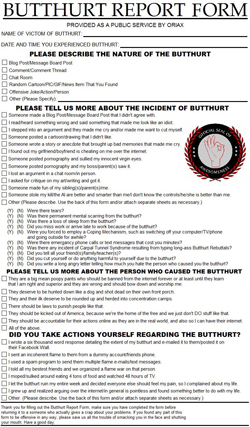


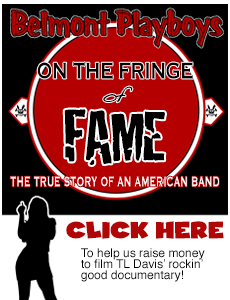


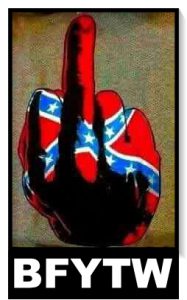
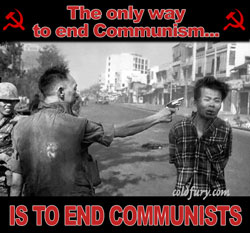
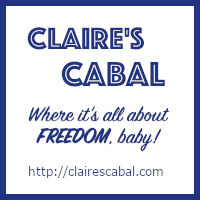


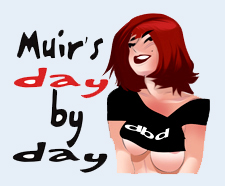
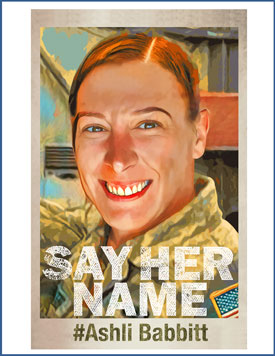
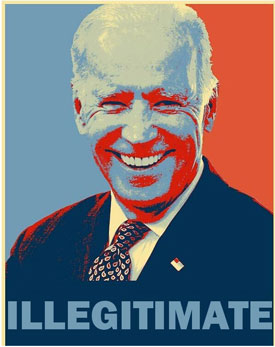
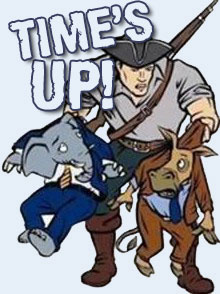

 - Entries
- Entries
The antics of the left are a symptom, not the disease. You should focus your ire on those who are pushing their buttons and enabling them.
Oh, there’s plenty of ire to go around…